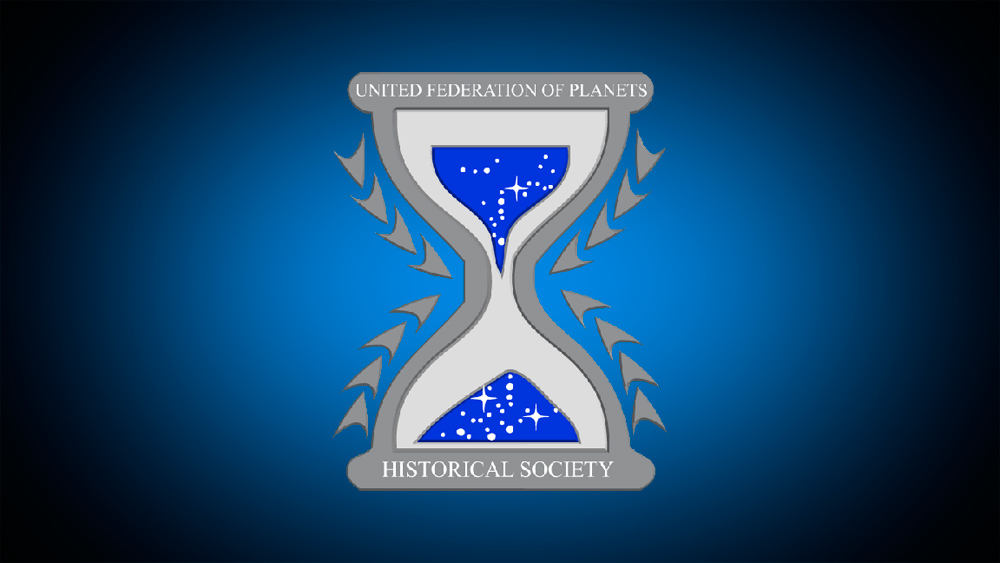Difference between revisions of "degree"
From Trekipedia
m |
m |
||
| Line 1: | Line 1: | ||
{{ImageInfoBox2|name=degree}} | {{ImageInfoBox2|name=degree}} | ||
| − | {{ | + | {{First|{{bullet}}''Arc:'' {{TOS03}} ([[1966 (Production)#NOV10|10 Nov 1966]])<br/>{{bullet}}''Temperature:'' {{TOS05}} ([[1966 (Production)#OCT06|6 Oct 1966]])}} |
| − | {{ | + | {{Ad|AmazonSTSL}} |
| + | {{Ad|AmazonTOSBD}} | ||
|}</div> | |}</div> | ||
| − | A degree was a measurement derived from dividing a circle into 360 equal parts. A degree was further divided into sixty [[arc minute|minutes of arc]], which in turn contained sixty [[arc second|seconds of arc]].<ref name="STSL"/> When the [[U.S.S. Enterprise NCC-1701|U.S.S. ''Enterprise'' NCC-1701]] took [[photographs]] as part of a [[star mapping]] mission on [[Stardate]] [[ | + | A degree was a measurement derived from dividing a circle into 360 equal parts. A degree was further divided into sixty [[arc minute|minutes of arc]], which in turn contained sixty [[arc second|seconds of arc]].<ref name="STSL"/> When the [[U.S.S. Enterprise NCC-1701|U.S.S. ''Enterprise'' NCC-1701]] took [[photographs]] as part of a [[star mapping]] mission on [[Stardate]] [[2266#SD1512|1512.1]], they overlapped the images by one degree.<ref name="TOS03"/> |
| − | A degree was also a unit of temperature measurement. The planet [[Alfa 177]] dropped to -120 degrees each night — | + | A degree was also a unit of temperature measurement. The planet [[Alfa 177]] dropped to -120 degrees each night — whether that was on the [[Celsius]] or [[Fahrenheit]] scale was never stated, though the difference between scales was irrelevant at that temperature.<ref name="TOS05"/> |
{{Clear|value=left}} | {{Clear|value=left}} | ||
| − | + | {{Wikipedia|Degree}} | |
{{References}} | {{References}} | ||
<references> | <references> | ||
| − | <ref name=" | + | <ref name="TOS03">{{RefTOS03}}</ref> |
| − | <ref name=" | + | <ref name="TOS05">{{RefTOS05}}</ref> |
<ref name="STSL">{{RefSTSL}}</ref> | <ref name="STSL">{{RefSTSL}}</ref> | ||
</references> | </references> | ||
Revision as of 21:51, 31 March 2023
degree
| First Appearance | • Arc: TOS03 (10 Nov 1966) • Temperature: TOS05 (6 Oct 1966) |
| Advertising | |
| Advertising |
A degree was a measurement derived from dividing a circle into 360 equal parts. A degree was further divided into sixty minutes of arc, which in turn contained sixty seconds of arc.[1] When the U.S.S. Enterprise NCC-1701 took photographs as part of a star mapping mission on Stardate 1512.1, they overlapped the images by one degree.[2]
A degree was also a unit of temperature measurement. The planet Alfa 177 dropped to -120 degrees each night — whether that was on the Celsius or Fahrenheit scale was never stated, though the difference between scales was irrelevant at that temperature.[3]
Notes and References
- ↑ Bormanis, Andre. Star Trek: Science Logs. Pocket Books, March 1998.
- ↑ Roddenberry, Gene (Executive Producer). "The Corbomite Maneuver". Star Trek, season 1, episode 10 (Production number 03). Directed by Joseph Sargent. Written by Jerry Sohl. Desilu Productions. 10 November 1966.
- ↑ Roddenberry, Gene (Executive Producer). "The Enemy Within". Star Trek, season 1, episode 5 (Production number 05). Directed by Leo Penn. Written by Richard Matheson. Desilu Productions. 6 October 1966.


